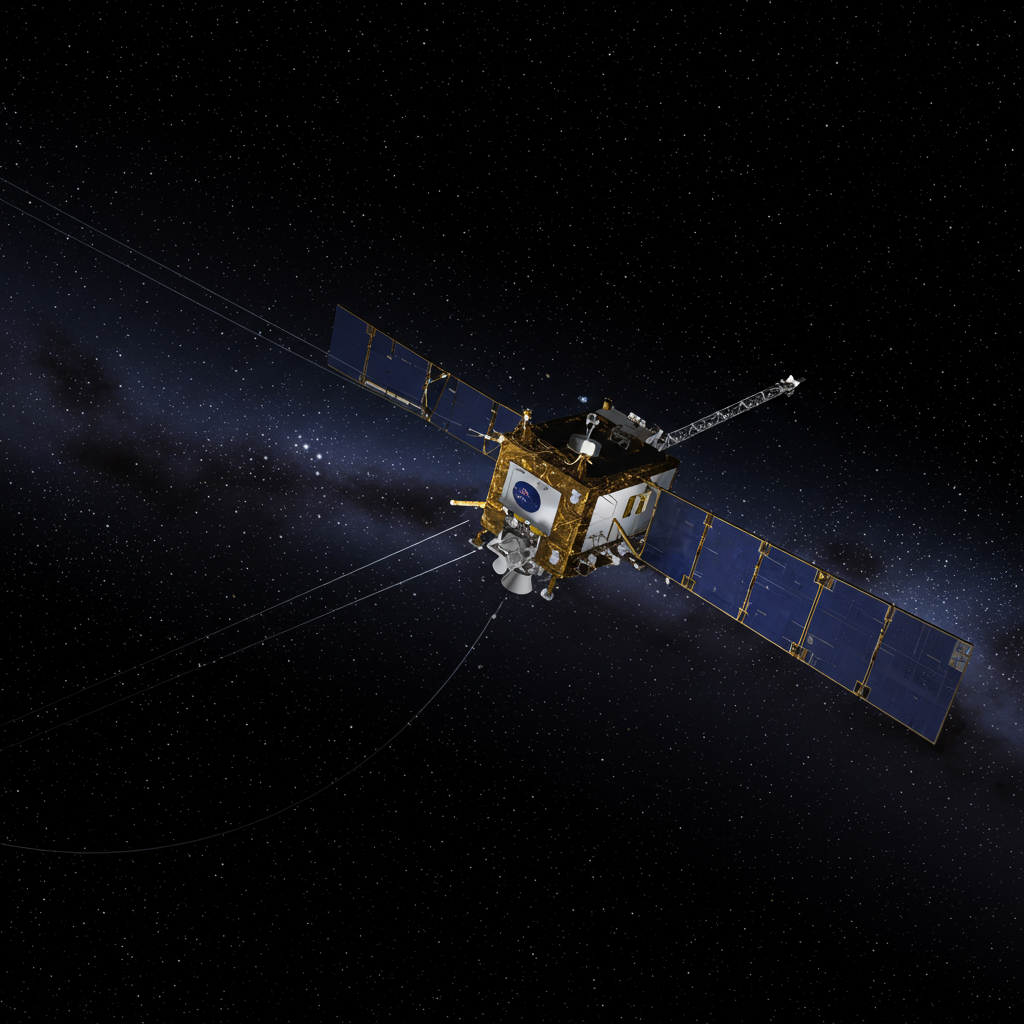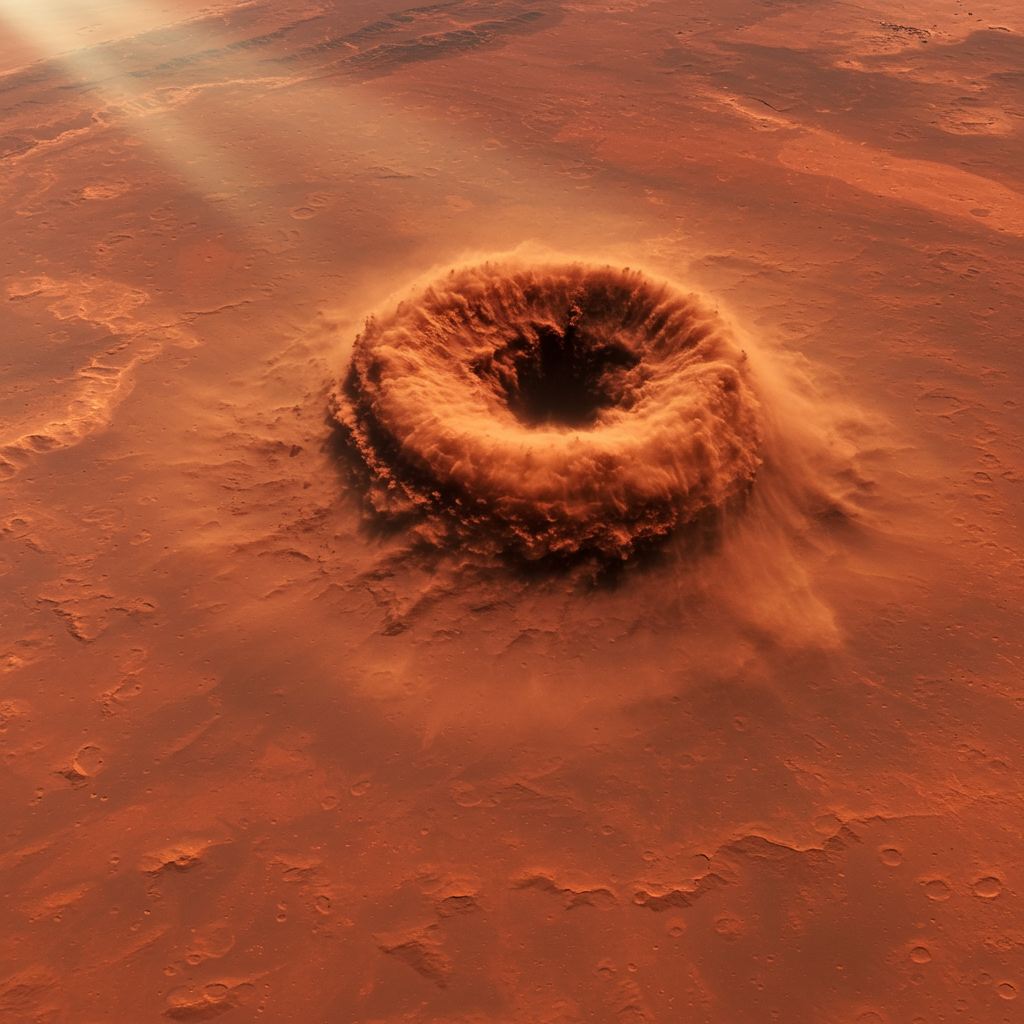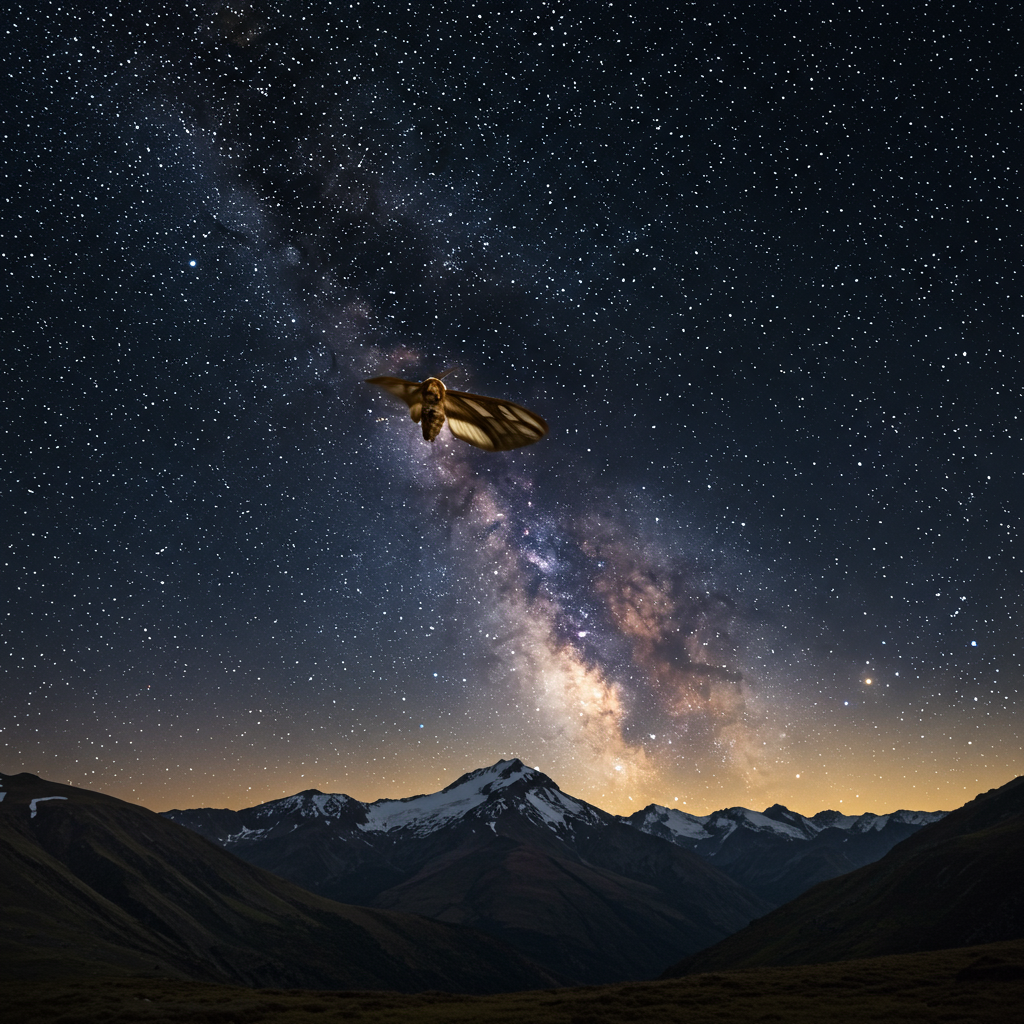As NASA’s New horizons spacecraft speeds away from our solar system, venturing into the vastness of interstellar space, it’s pushing the boundaries of exploration and navigation. For the first time, a spacecraft has demonstrated a method of determining its position far from Earth by observing the apparent shift of nearby stars – a crucial step toward unlocking autonomous navigation for future deep-space missions. This groundbreaking experiment leverages the fundamental principle of stellar parallax to chart a new course among the stars.
The challenge of navigating spacecraft over billions of miles is immense. While traditional methods like NASA’s Deep Space Network (DSN) tracking are incredibly precise, communication signals take hours to travel back and forth across such cosmic distances. As missions venture further toward interstellar destinations, the time lag becomes prohibitive. Future explorers beyond our solar system will require the ability to determine their location autonomously, using only onboard instruments and the celestial objects around them. This is where the New Horizons stellar parallax demonstration offers a vital clue.
The Cosmic Compass: Understanding Stellar Parallax
Think about holding a finger close to your face and closing one eye, then the other. Your finger seems to jump against the background. This apparent shift is parallax. Astronomers use this effect from Earth’s orbit around the Sun to measure the distances to nearby stars. By observing a star’s position from two points in Earth’s path – six months apart – they can calculate its distance based on the tiny shift they observe against more distant background stars.
The New Horizons experiment turned this concept on its head. Instead of using the shift to measure distance to a star, they used the shift of a star’s apparent position to measure the spacecraft’s position relative to that star and our solar system’s location.
New Horizons Charts its Path Among Stars
In April 2020, when New Horizons was over 4 billion miles (47.1 AU) from Earth, it pointed its long-range telescope camera toward two specific, relatively nearby stars: Proxima Centauri (the closest star to our Sun) and Wolf 359. Simultaneously, Earth-based telescopes also imaged the same stars.
By comparing the images taken from these two vastly separated vantage points – New Horizons and Earth – the parallax effect was immediately and dramatically visible. For Proxima Centauri, the team observed a parallax shift of 32.4 arcseconds, and for Wolf 359, it was 15.7 arcseconds. While these measurements weren’t intended to be “research grade” for precisely measuring stellar distances, they provided a vivid demonstration of the large apparent shift seen from New Horizons’ distant location.
The vast distance between New Horizons and Earth at the time of this experiment provided an unprecedented baseline for parallax measurement. This isn’t a tiny shift detectable only by instruments; the displacement was large enough to be directly seen when comparing the image pairs.
Visualizing the Interstellar Shift
To make this effect tangible, the science team created stereo image pairs. By viewing the images of Proxima Centauri taken from Earth and New Horizons side-by-side, the nearby star appears to float in front of the more distant background stars. This stunning three-dimensional effect visually highlights the massive difference in perspective between Earth and the distant spacecraft. Creating these visual aids involved contributions from multiple teams and observatories, showcasing collaboration across the astronomy community.
Determining Position Using Starlight
The real power of this demonstration lies in its application to navigation. By precisely measuring the apparent direction to Proxima Centauri and Wolf 359 from New Horizons, and comparing these observations to accurate 3D maps of the solar neighborhood derived from missions like the Gaia satellite, the team could calculate the spacecraft’s own position in space.
Using just the directional measurements from these two stars, New Horizons’ spatial position relative to nearby stars could be determined with an accuracy of about 0.44 AU (Astronomical Units, where 1 AU is the Earth-Sun distance). Furthermore, its range from the solar system’s center was recovered to within about 0.27 AU, and its angular direction to within 0.4 degrees, when compared to the highly accurate data provided by NASA’s Deep Space Network tracking.
This marked a historic achievement: the first time optical observations of stars were used to determine a spacecraft’s three-dimensional location relative to the stellar environment, and the first practical demonstration of an interstellar navigation method for a probe already on an interstellar trajectory.
Lessons for Future Journeys
The New Horizons experiment yielded valuable insights for designing future star-based navigation systems. The team concluded that using a single pair of the closest stars provides the most accurate astrometric approach for determining a spacecraft’s position during its departure into interstellar space. Relying on a large sample of more distant stars, while useful for other types of navigation or measurements, is less effective for this specific method of pinpointing location relative to nearby stellar landmarks.
This specific demonstration using parallax is a foundational element. Future autonomous navigation systems may build upon this by incorporating other stellar effects, such as aberration (related to the observer’s velocity) and the Doppler effect (change in light wavelength due to relative motion). By precisely measuring these subtle shifts and changes from a spacecraft’s perspective and comparing them to comprehensive star catalogs, probes could potentially determine their position and velocity autonomously, liberating them from constant reliance on communication with Earth.
New Horizons: A Pioneer Continues
Launched in 2006, New Horizons is famous for its historic flyby of Pluto in 2015 and the Kuiper Belt object Arrokoth in 2019. The spacecraft continues its outward journey, expected eventually to join the ranks of the Voyager probes in formally exiting the solar system. This stellar navigation demonstration adds another significant achievement to its legacy, highlighting the value of allowing missions to continue exploring and pushing the boundaries of what’s possible in space. Scientific endeavors like these are crucial for expanding our understanding of the cosmos and developing the technologies required for humanity’s future among the stars.
Frequently Asked Questions
Frequently Asked Questions
What is stellar parallax and how did New Horizons use it for navigation?
Stellar parallax is the apparent shift in a star’s position when viewed from two different locations. Astronomers usually use it to measure the distance to stars from Earth. New Horizons used this effect in reverse: by observing the apparent shift of two nearby stars (Proxima Centauri and Wolf 359) from its position far from Earth, compared to their view from Earth, the spacecraft could calculate its own position in three-dimensional space relative to those stars.
How accurate was the New Horizons parallax navigation test compared to traditional methods?
The New Horizons demonstration achieved notable accuracy for a first test of its kind. It determined the spacecraft’s position relative to nearby stars within about 0.44 AU, its range from the solar system’s center within 0.27 AU, and its angular direction within 0.4 degrees. While currently less accurate than radio tracking via the Deep Space Network, this experiment successfully proved the feasibility of using stellar observations for interstellar navigation, which is vital for future autonomous missions.
Why is interstellar navigation using stars important for future space travel?
As spacecraft venture farther into interstellar space, communication delays with Earth become prohibitively long (hours, days, or even years). Autonomous navigation is essential for these missions to determine their own position and make timely course corrections without constant communication with mission control. Using observations of stars, as demonstrated by New Horizons, provides a potential method for spacecraft to navigate independently among the cosmos, enabling longer and more distant journeys.
Conclusion
The New Horizons stellar parallax experiment represents a pivotal moment in the history of space exploration. By successfully demonstrating how a spacecraft can use the apparent shift of stars to determine its position from billions of miles away, the mission has validated a key principle for future autonomous navigation beyond our solar system. This fundamental technique, akin to ancient mariners using stars to find their way, provides a potential pathway for robotic and eventually human explorers to navigate the vast cosmic ocean. As New Horizons continues its journey, its legacy grows not just as a discoverer of new worlds, but as a pioneer in learning how to find our way through the interstellar frontier.




